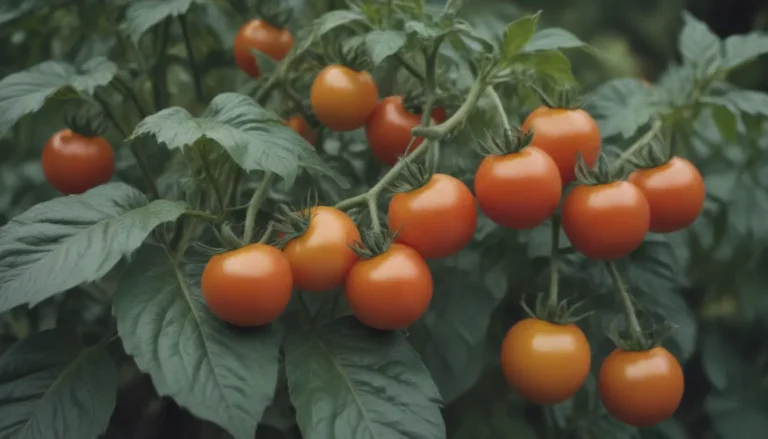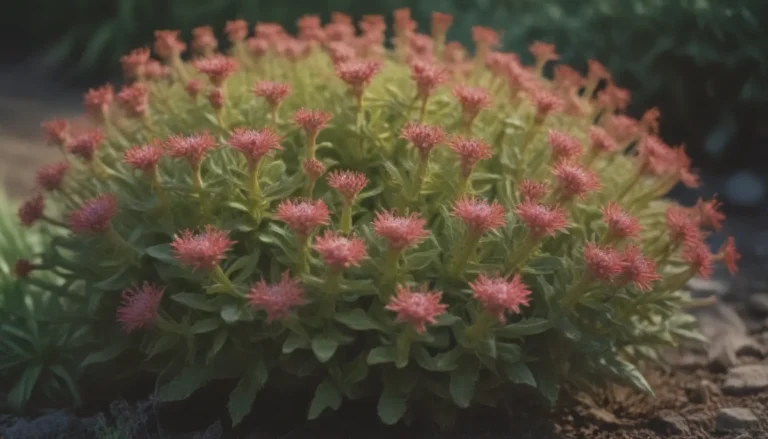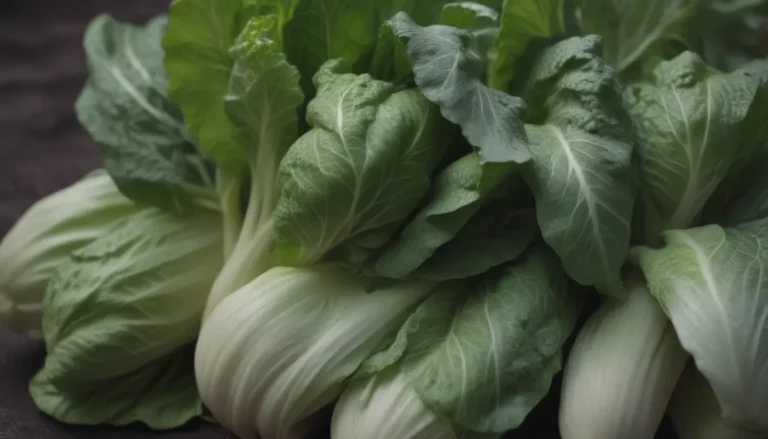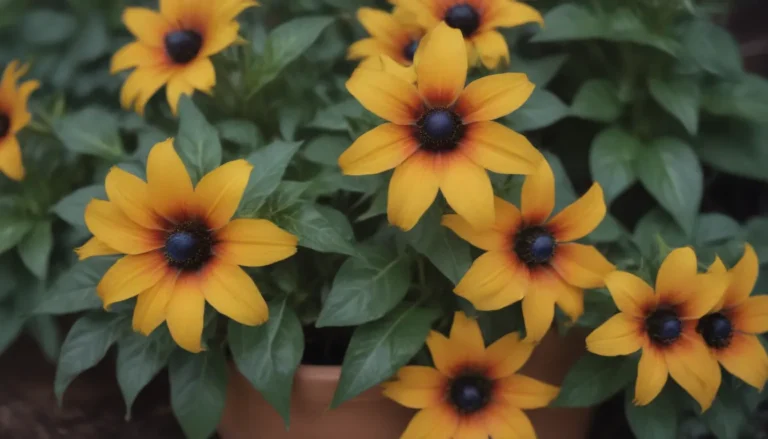The Ultimate Guide to Growing and Caring for Chives
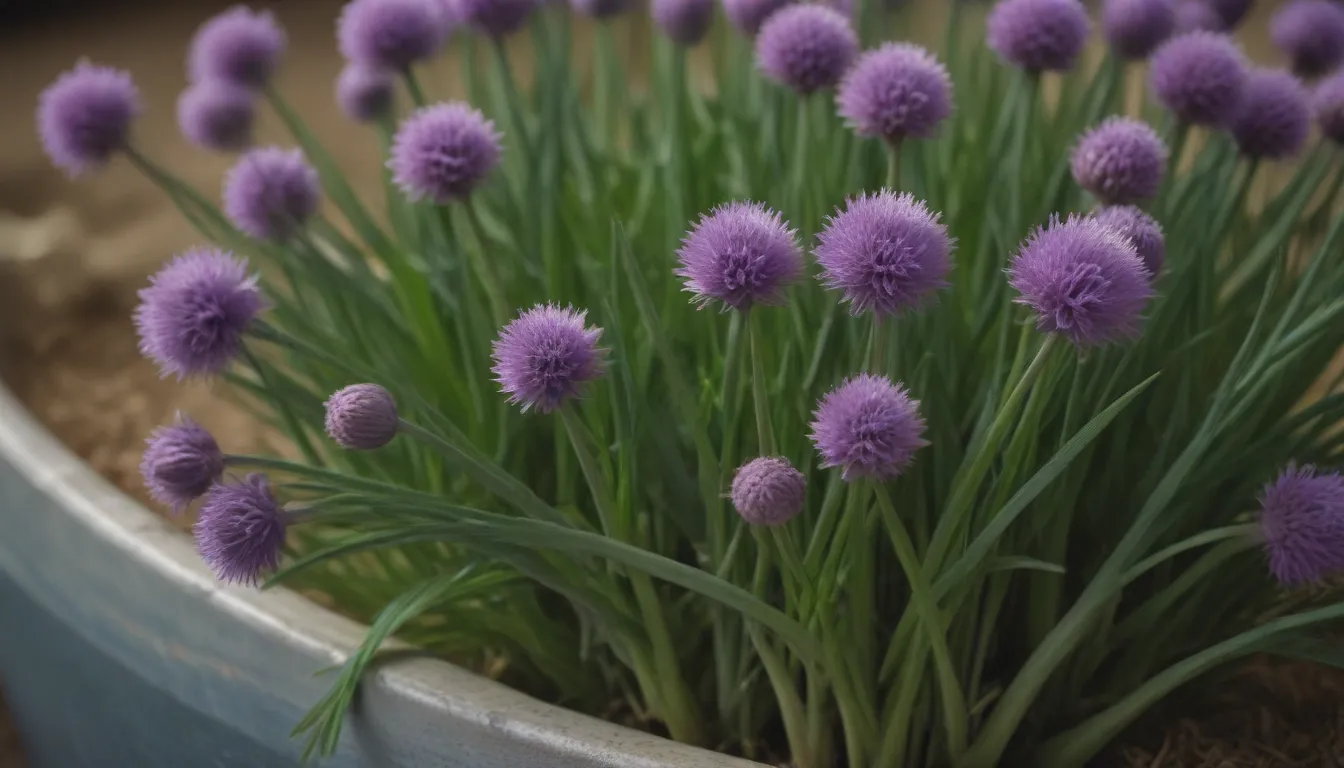
Chives are a versatile and easy-to-grow herb that can add a burst of flavor to your dishes. Whether you are a seasoned gardener or a beginner looking to explore the world of culinary herbs, chives are a great starting point. In this comprehensive guide, we will take you through everything you need to know about planting, caring for, and harvesting chives to ensure a bountiful harvest.
Introduction to Chives
Chives, scientifically known as Allium schoenoprasum, are part of the same family as onions and garlic. This grass-like perennial herb boasts a mild onion flavor that is perfect for enhancing salads, soups, and other culinary creations. In addition to its culinary uses, chives are also appreciated for their attractive purple flowers, which not only make them a beautiful garden plant but also attract bees and other pollinators.
Benefits of Growing Chives
- Mild onion flavor adds a unique taste to dishes
- Attractive purple flowers attract pollinators
- Repels certain insects, making it a popular companion plant in vegetable gardens
- Cold-tolerant perennial ideal for temperate regions
How to Plant Chives
Chives are easy to grow and can thrive in various settings, including garden beds, pots, or even on a windowsill. Follow these steps to ensure your chives thrive:
1. Choose a sunny location with well-drained soil and decent moisture for planting.
2. Add 4 to 6 inches of well-decomposed compost to the soil before planting to provide essential nutrients.
3. Divide clumps every 3 to 4 years to prevent overcrowding and promote vigorous growth.
4. Consider planting chives alongside other crops to deter harmful insects.
5. Trim back flowers to prevent self-seeding, especially if you plan to harvest the leaves.
Chive Care
Taking care of your chive plants is essential to ensure a bountiful harvest. Here are some key points to keep in mind:
– Light: Chives thrive in full sun, although they can tolerate light shade.
– Soil: Plant chives in well-draining, rich, and moist soil similar to what onions prefer.
– Water: While chives are drought-tolerant, ensure they are consistently moist during the growing season for optimal growth.
– Temperature and Humidity: Chives prefer cooler temperatures and may go dormant in extreme heat or cold.
– Fertilizer: Chives do not need frequent fertilization but can benefit from a nitrogen-heavy fertilizer in late spring or early summer.
Chive Varieties
In addition to the common chive variety (Allium schoenoprasum), there are three other related Allium species commonly grown as garden chives:
– Allium tuberosum (Garlic chives)
– Giant Siberian chives (Allium ledebourianum)
– Siberian garlic chives (Allium nutans)
How to Grow Chives from Seed
Growing chives from seed is a straightforward process that can yield impressive results. Follow these steps to grow chives from seed:
1. Plant chive seeds outdoors in spring or start them indoors on a sunny windowsill before the last frost.
2. Keep the soil consistently moist and ensure temperatures are between 65 and 75 degrees Fahrenheit for optimal germination.
3. Harden off indoor seedlings before transplanting them outdoors to acclimate them to the outdoor environment.
Propagating Chives
Chives are easy to propagate through division, making it simple to create new plants or rejuvenate existing ones. Follow these steps to propagate chives:
1. Divide chive clumps every few years to maintain plant health and productivity.
2. Replant divided clumps in well-draining soil to encourage new growth.
Pruning Chives
To prevent chives from spreading and maintain a neat garden, it is essential to prune them regularly:
– Deadhead flowers immediately after blooming to prevent self-seeding.
Harvesting Chives
Harvesting chives is a simple process that can yield fresh, flavorful herbs for your dishes. Follow these tips for a successful harvest:
– Harvest chives within a couple of months of seed germination or 30 days after planting nursery seedlings.
– Cut the leaves down to the base to encourage healthy regrowth.
– Harvest new plants four or five times in their first year and mature plants monthly.
– Use fresh chives immediately or freeze them for later use to preserve their flavor.
In conclusion, growing and caring for chives can be a rewarding experience that adds flavor and beauty to your garden. By following these tips and guidelines, you can enjoy a bountiful harvest of fresh chives throughout the growing season. Whether you are a seasoned gardener or a beginner, chives are a versatile herb that can enhance your culinary creations and provide a delightful addition to your garden landscape. Happy gardening!
